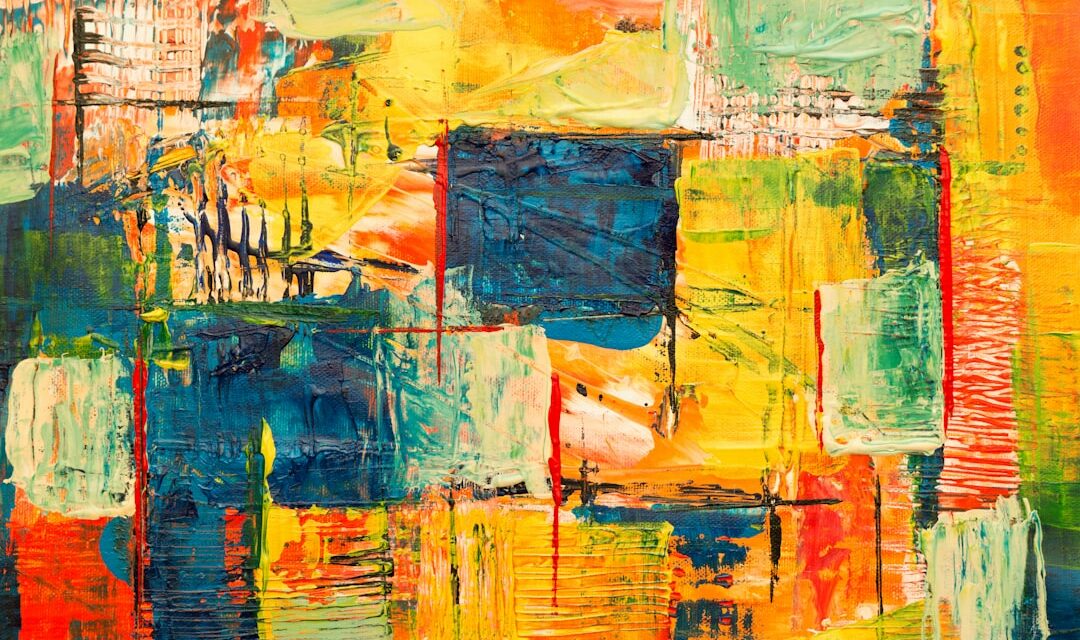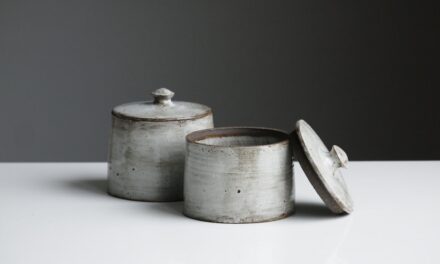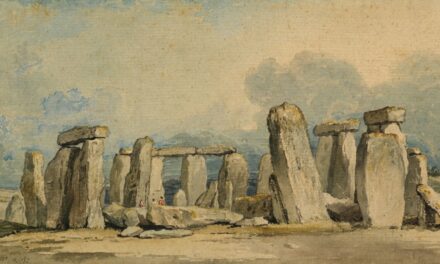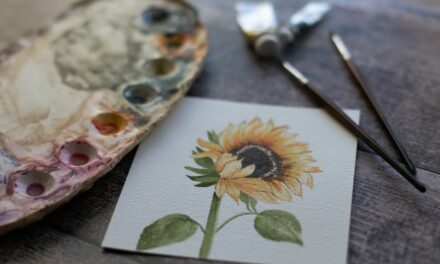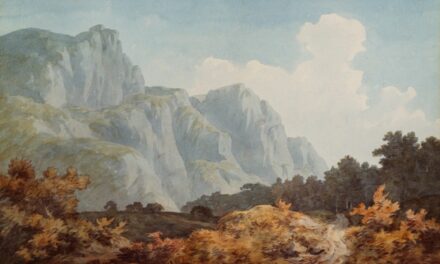Freehand brush work is a captivating artistic technique that allows for the expression of creativity without the constraints of rigid guidelines or templates. This method relies on the artist’s intuition and skill, enabling them to create spontaneous and dynamic compositions. Unlike more structured forms of painting, freehand brush work encourages a fluidity of movement, where the brush becomes an extension of the artist’s hand.
This approach not only fosters a sense of freedom but also invites experimentation, as artists can explore various styles and techniques without the fear of making mistakes. The beauty of freehand brush work lies in its ability to capture the essence of a moment, translating emotions and thoughts into visual form. The practice of freehand brush work has deep historical roots, tracing back to ancient cultures that valued the personal touch in art.
From the expressive strokes of Impressionist painters to the bold lines of Abstract Expressionism, freehand techniques have evolved over centuries, reflecting the changing tides of artistic movements. Artists often find that this method allows for a more personal connection to their work, as each stroke carries the weight of their individual experience and perspective. As such, freehand brush work is not merely a technique; it is a dialogue between the artist and their medium, where each brushstroke tells a story and contributes to the overall narrative of the piece.
Summary
- Freehand brush work allows for a more spontaneous and expressive approach to painting, capturing the artist’s unique style and energy.
- Essential materials and tools for freehand brush work include high-quality brushes, a variety of paint colours, and a suitable surface such as canvas or paper.
- Techniques such as wet-on-wet, dry brushing, and stippling can be used to create different effects and textures in freehand brush work.
- Adding layers and using different brush strokes can help to create depth and dimension in freehand brush work, enhancing the visual impact of the artwork.
- Understanding colour theory and experimenting with different colour combinations is crucial for achieving vibrant and harmonious results in freehand brush work.
Materials and Tools for Freehand Brush Work
To embark on a journey into freehand brush work, one must first gather the appropriate materials and tools that will facilitate this expressive form of art. The choice of brushes is paramount; artists typically select a variety of shapes and sizes to achieve different effects. Flat brushes are excellent for broad strokes and filling in large areas, while round brushes are ideal for detailed work and fine lines.
Additionally, fan brushes can create unique textures, making them a valuable addition to any artist’s toolkit. The quality of the brushes also plays a significant role in the outcome of the artwork; natural bristle brushes often provide a different feel compared to synthetic ones, allowing for varied application techniques. Beyond brushes, the choice of paint is equally important in freehand brush work.
Acrylics, oils, and watercolours each offer distinct characteristics that can influence the final piece. Acrylic paints dry quickly and are versatile, making them suitable for layering and blending. Oil paints, on the other hand, allow for longer working times and richer textures due to their slow drying nature.
Watercolours provide a translucent quality that can create ethereal effects when applied with a freehand approach. Additionally, artists should consider their painting surface; canvas, paper, or wood can all yield different results based on their texture and absorbency. By carefully selecting materials that resonate with their artistic vision, artists can enhance their freehand brush work experience.
Techniques for Freehand Brush Work

Mastering freehand brush work involves familiarising oneself with various techniques that can elevate an artist’s skill set. One fundamental technique is the use of varying pressure on the brush to create different line qualities. By applying light pressure, artists can achieve delicate, wispy strokes, while increased pressure results in bolder lines.
This dynamic range allows for greater expression within a single piece, as artists can convey emotion through the weight and intensity of their strokes. Additionally, artists often experiment with different angles and orientations of the brush to produce unique effects; tilting the brush can create interesting textures and patterns that add depth to the artwork. Another essential technique in freehand brush work is layering.
This involves applying multiple layers of paint to build complexity and richness in colour. Artists may start with a base layer and gradually add subsequent layers, allowing each one to dry before applying the next. This method not only enhances colour vibrancy but also creates a sense of depth within the composition.
Furthermore, blending techniques play a crucial role in achieving smooth transitions between colours. Artists can use dry brushing or wet-on-wet techniques to merge colours seamlessly, resulting in a harmonious visual flow. By mastering these techniques, artists can unlock new dimensions in their freehand brush work, transforming simple strokes into intricate masterpieces.
Creating Texture and Depth with Freehand Brush Work
Texture is an integral aspect of freehand brush work that can significantly enhance the visual appeal of an artwork. Artists often employ various methods to create texture, such as stippling, scumbling, or impasto techniques. Stippling involves applying small dots or dabs of paint to build up texture gradually, while scumbling entails using a dry brush to apply a thin layer of paint over a dry base layer, resulting in a soft, textured effect.
Impasto, on the other hand, involves applying thick layers of paint directly onto the canvas, allowing for dramatic peaks and ridges that catch light in captivating ways. Each technique offers unique opportunities for artists to explore tactile qualities within their work. Depth is another crucial element that can be achieved through freehand brush work by manipulating colour and perspective.
Artists often use techniques such as atmospheric perspective, where colours become lighter and less saturated as they recede into the background. This creates an illusion of depth and distance within the composition. Additionally, contrasting warm and cool colours can help delineate foreground from background, further enhancing spatial relationships within the artwork.
By thoughtfully considering texture and depth, artists can create multi-dimensional pieces that invite viewers to engage with their work on a deeper level.
Colour Mixing and Application in Freehand Brush Work
Colour mixing is an essential skill for any artist engaged in freehand brush work, as it allows for the creation of unique hues that reflect personal expression. Understanding colour theory is fundamental; artists should familiarise themselves with primary colours—red, blue, and yellow—and how they combine to form secondary colours—green, orange, and purple. Tertiary colours arise from mixing primary and secondary colours together.
By mastering these combinations, artists can expand their palette beyond pre-mixed paints and develop a more nuanced understanding of colour relationships. Application techniques also play a significant role in how colour is perceived within freehand brush work. Artists may choose to apply paint in thin washes for a translucent effect or use thicker applications for more opaque coverage.
The choice between these methods can dramatically alter the mood and atmosphere of a piece. Additionally, experimenting with complementary colours—those opposite each other on the colour wheel—can create striking contrasts that draw attention to specific areas within the artwork. By skillfully mixing and applying colours, artists can imbue their freehand brush work with vibrancy and emotional resonance.
Composition and Planning for Freehand Brush Work

While freehand brush work embodies spontaneity and freedom, thoughtful composition remains vital to creating impactful artwork. Artists often begin by considering the overall layout of their piece; this may involve sketching preliminary designs or mapping out key elements before applying paint. The rule of thirds is a common guideline used in composition; by dividing the canvas into thirds both horizontally and vertically, artists can position focal points at intersecting lines to create balance and interest within their work.
However, it is essential to remember that these guidelines are not strict rules but rather tools to enhance creativity. Planning also extends to colour choices and thematic elements within freehand brush work. Artists may choose to focus on specific themes or emotions they wish to convey through their artwork.
This could involve selecting a limited colour palette that reflects a particular mood or using symbolic imagery that resonates with personal experiences or cultural narratives. By integrating these considerations into their planning process, artists can create cohesive pieces that communicate their intended message effectively while still allowing room for improvisation during the painting process.
Common Mistakes to Avoid in Freehand Brush Work
As with any artistic endeavour, there are common pitfalls that artists may encounter when practising freehand brush work. One frequent mistake is overworking areas of the painting; while it is tempting to refine details continuously, excessive manipulation can lead to muddied colours and loss of texture. It is crucial for artists to recognise when a section feels complete and resist the urge to keep adding more layers or details that may detract from the overall composition.
Embracing imperfections can often lead to unexpected beauty within a piece. Another common error involves neglecting proper brush care and maintenance. Brushes are essential tools in freehand brush work; failing to clean them adequately after use can result in damaged bristles or unwanted colour contamination in future projects.
Artists should develop a routine for cleaning brushes with appropriate solvents or soap after each session to prolong their lifespan and maintain optimal performance. By being mindful of these common mistakes, artists can enhance their practice and produce more successful works.
Tips for Improving Your Freehand Brush Work
Improving one’s freehand brush work requires dedication and practice; however, there are several strategies that artists can employ to accelerate their progress. One effective approach is to engage in regular sketching exercises that focus on developing hand-eye coordination and fluidity of movement. By practising quick sketches or gesture drawings without overthinking details, artists can cultivate a sense of spontaneity that translates well into their painting process.
Additionally, seeking feedback from peers or mentors can provide valuable insights into areas for improvement. Constructive criticism allows artists to view their work from different perspectives and identify aspects they may not have considered previously. Participating in workshops or art classes focused on freehand techniques can also offer new ideas and approaches that inspire growth in one’s practice.
Ultimately, by remaining open to learning and experimentation, artists can continually refine their skills in freehand brush work while enjoying the journey of artistic exploration.
If you’re intrigued by the fluidity and expressiveness of freehand brush work, you might also find interest in exploring other art styles that emphasise different techniques and historical contexts. For instance, An Introduction to Postmodern Art offers a fascinating glimpse into a movement that challenges traditional boundaries and embraces diverse, eclectic elements. This article could provide a broader understanding of how various art forms, including freehand brush work, fit into the wider spectrum of art history and contemporary practices.
